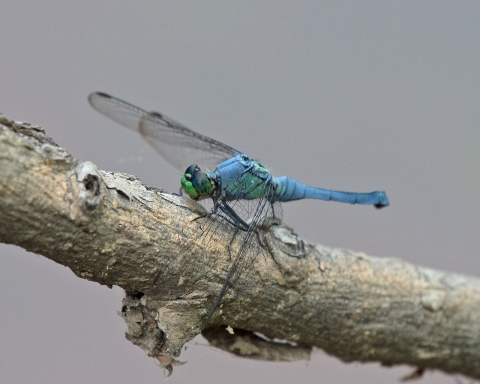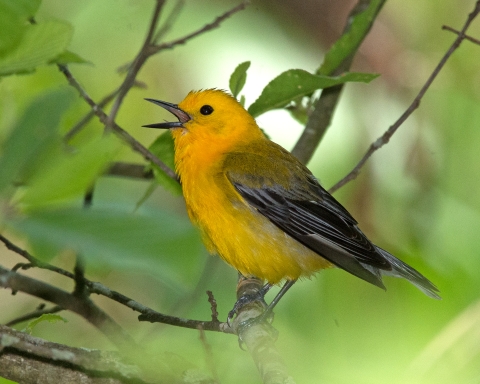The Visitor Information Center will be closed during Christmas and New Years weekends. We will return to normal business hours the week of January 5, 2026. Happy Holidays!
Visit Us
There is so much to see at Occoquan Bay National Wildlife Refuge, all year-round! Check out what our refuge has to offer before visiting, and be sure to prepare for the elements, so you can make the most out of your trip. See the link below to learn more about our rules and regulations and visiting the refuge.
Our Visitor Information Center is open Thursday, Friday and Saturday from 10am-4pm.
Location and Contact Information
What We Do
Learn about our management practices, comprehensive conservation planning, research projects, and more on the What We Do page.
Our Species
The diverse upland and wetland habitats of Occoquan Bay National Wildlife Refuge support a wide variety of resident and migratory wildlife, including over 200 species of birds, 79 species of butterflies, and 77 species of Dragonflies and Damselflies. Visit the link below to learn more about the species that call Occoquan Bay home!
Get Involved
Interested in getting involved with what we do at Occoquan Bay National Wildlife Refuge? Visit the link below to learn more.
Projects and Research
Management of Occoquan Bay National Wildlife Refuge is focused primarily on protecting habitat for migratory birds and endangered species. The U.S. Fish and Wildlife Service, with help from dedicated volunteers, conducts several ongoing surveys to monitor the wildlife and vegetation on the refuge, and ensure the refuge is meeting its conservation goals. Visit our Projects and Research page to learn more.









